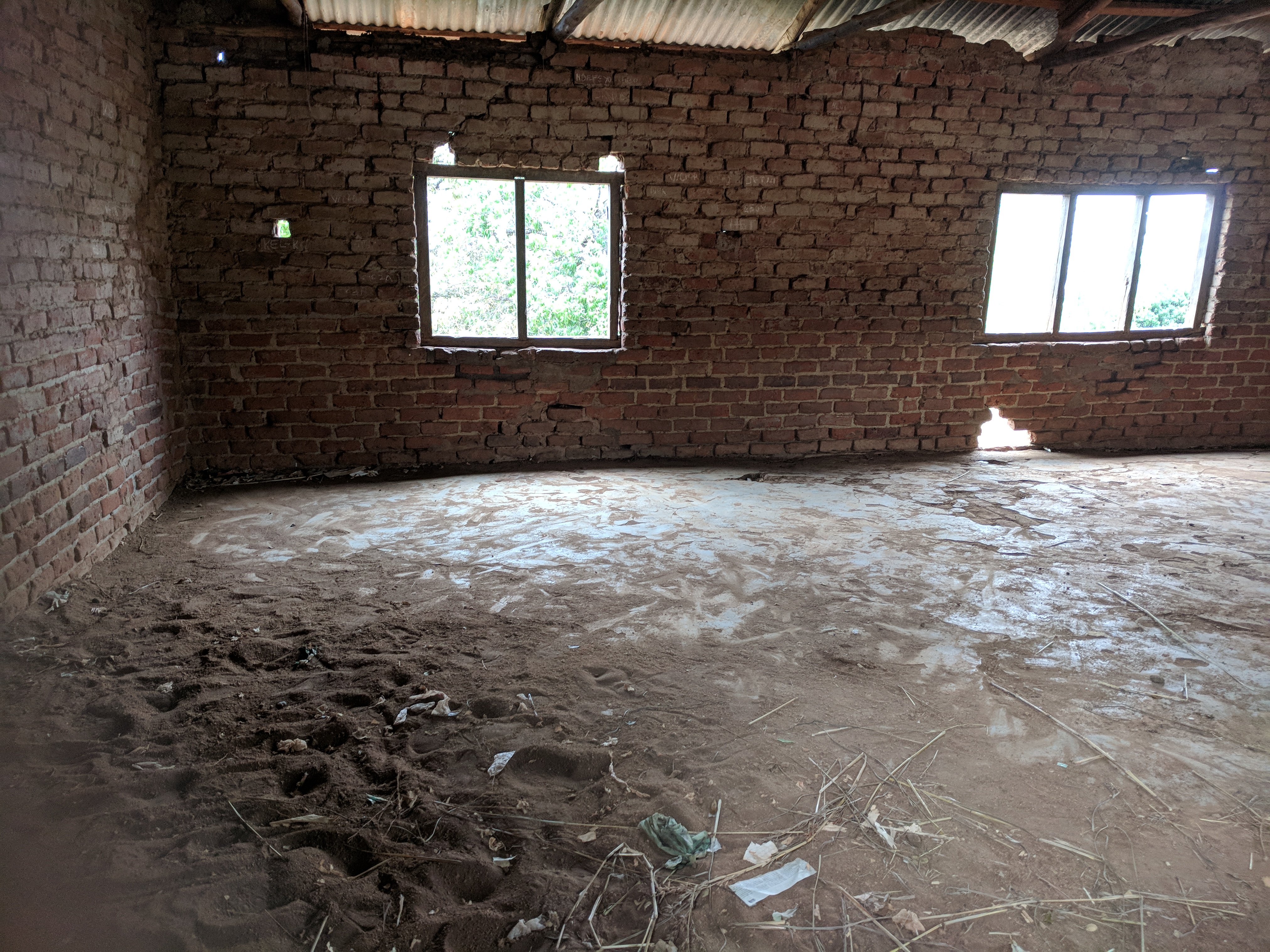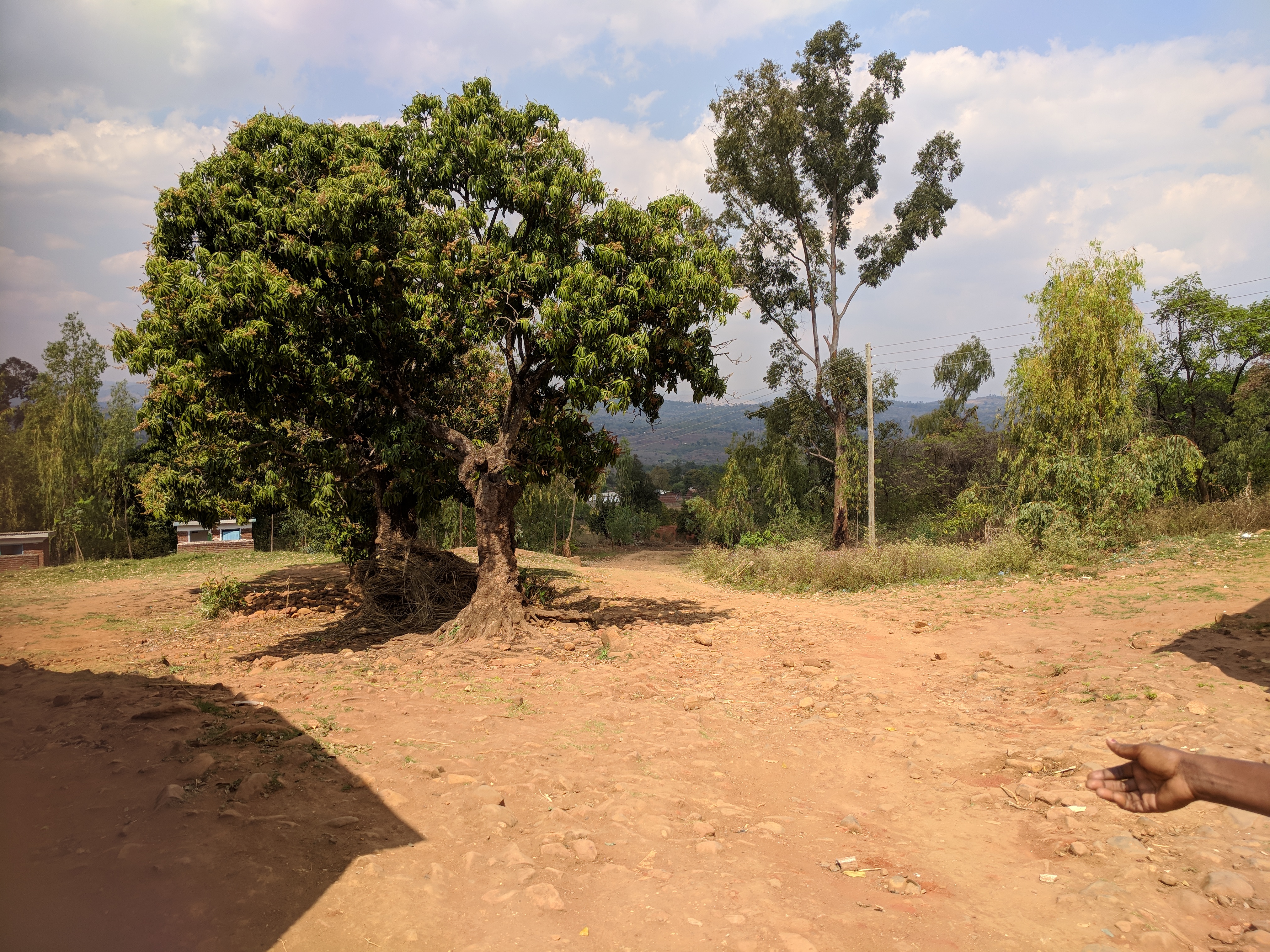Only 35% of children finish primary school
Malawi Education Facts
With around 4.6 million students enrolled in schools throughout Malawi, only 35% finish primary school and only 8% of them complete secondary school. Such a low ratio can be attributed to multiple factors. The educational system is short of buildings, supplies, equipment, and teachers.
In first grade, the teacher to student ratio is often 1:130. Malawi faces one of the world’s worst teacher shortages. Almost 85% of first-grade students are unable to read a single syllable, and 92 percent of these students fail to read a single word. Malawi is ranked the weakest for its performance in English reading and second weakest for mathematics against other southern African countries.
The overcrowding of classrooms is found to be another catalyst of high drop-out rates in Malawian schools. Levels of attendance are very low and the repeat rate of learners in Standard 1 is more than 20%.
Children speak of being too hungry to go to class, or of their clothes being too dirty. Hidden costs – uniforms, pencils, notepads – often prove too great for struggling subsistence farmers. Therefore, to improve the quality of education in Malawi and reduce drop-out rates, the government must prioritise education, focus on reducing the class sizes, improve teacher salaries and provide appropriate learning resources.
Since 2012, exams results have affected approximately 1.6 million children’s access to secondary education. Most have not been allowed to repeat standard 8, the final year of primary school. Once out of school, many adolescents lack realistic options to complete basic education or pursue vocational training. This is when life becomes much more difficult.
Facing the future with an incomplete primary school education; no training opportunities; few life skills and from poor families who are unable to support their children in this way. At this point, dreams and hopes are smashed. Experts believe that education is the driving force to alleviating poverty in Malawi and that it can help the country move toward development. Hope Africa’s vision is to improve education by working with other organisations so that finishing school is not a dream but a reality.
Top 10 Education Challenges
1. Massive underfunding of primary schools by the government.
2. Teacher Child Ratio 1:100 numbers can even exceed 150.
3. Only 5% have water for drinking or washing hands.
4. Lack of qualified teachers.
5. Lack of classrooms.
6. Only 10% of primary school have some electricity.
7. 90% toilets use a pit latrine.
8. Few learning resources.
9. Extremely low salaries for teachers. (Headteacher's salary is £120 per month)
10. Most Malawians will never receive any education beyond primary school.
Pictured below is one of the Year 2 classrooms, on the left and on the right, one of the Year 4 classrooms. Imagine what it MUST be like when the weather is over 40 degrees or during the rainy season?


HOPE
Hope Africa is an International Christian Charity dedicated to bringing hope to people in Africa. We ask you to stand in prayer with us and to believe God for increase, opportunity and open doors to end sickness, disease and poverty.
AFRICA
Africa is a continent with 54 countries and with huge contrasts in levels of development and poverty. Malawi is one of the poorest countries with 50% of the population living below the poverty line and 25% living in extreme poverty.
CHARITY
Our vision is a world where everyone has access to safe drinking water; has food to eat every day and has access to education – so they can dream and hope for a better future. Our aim is to change one life at a time!
